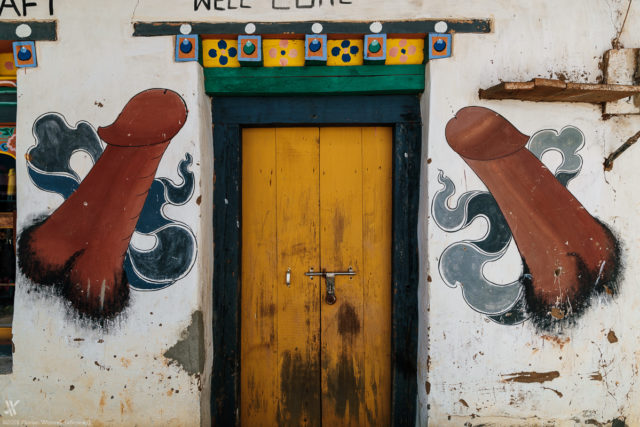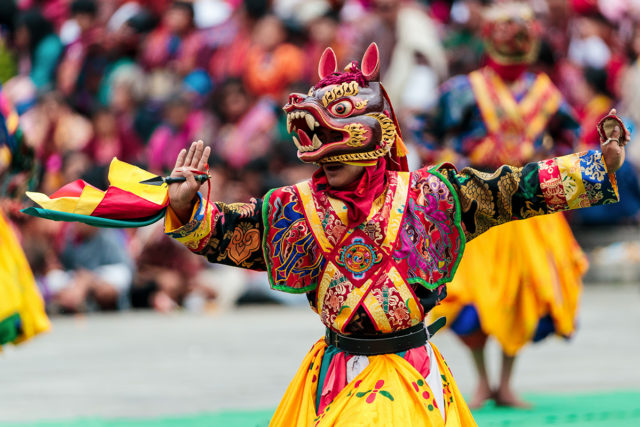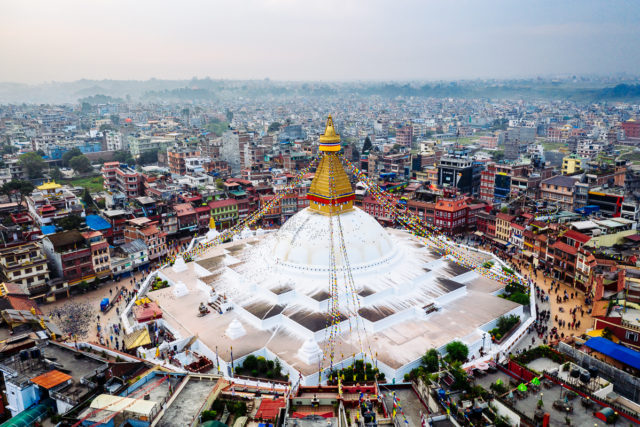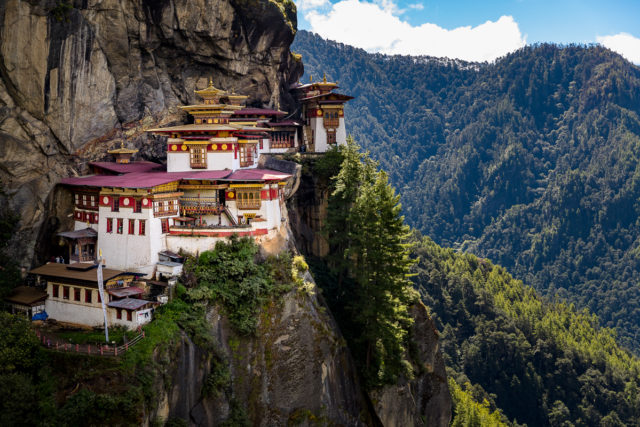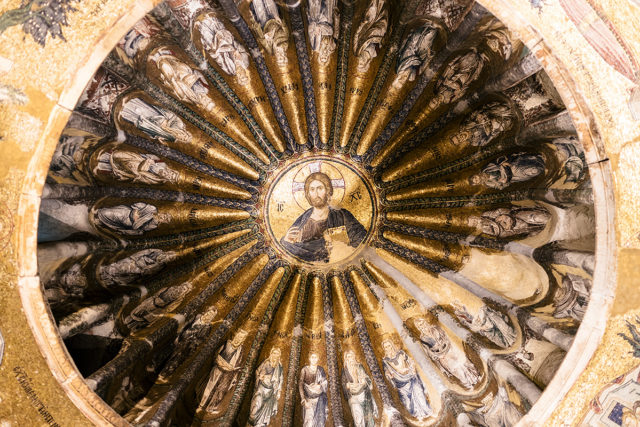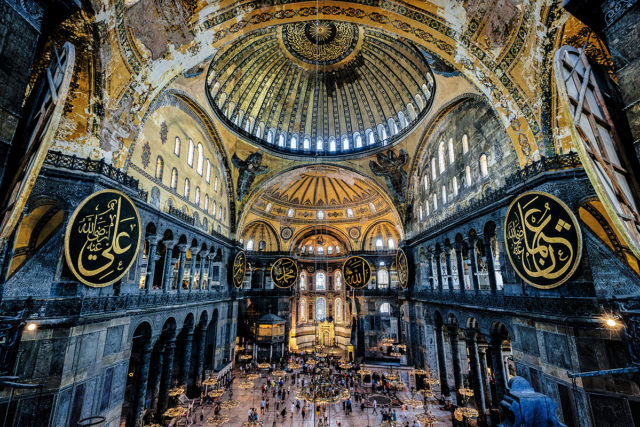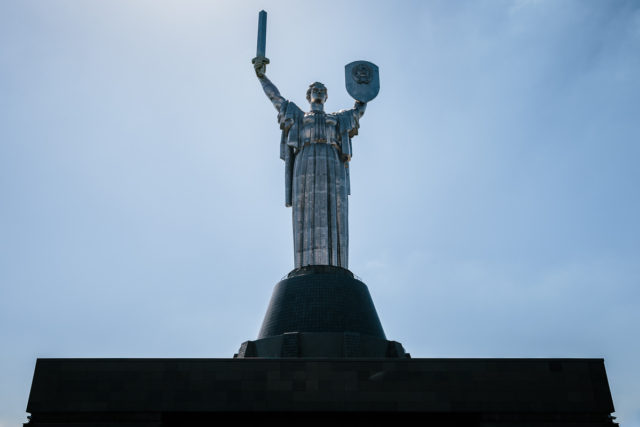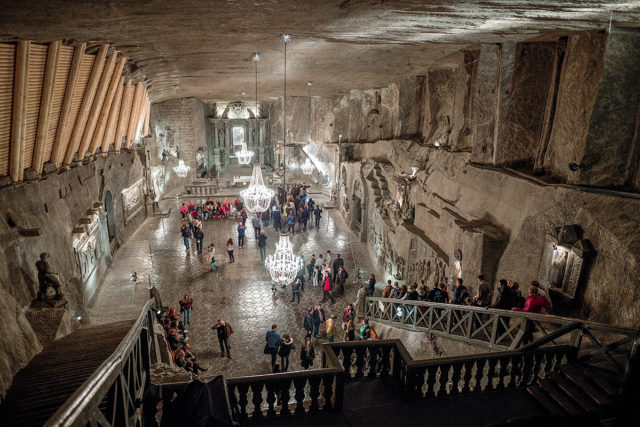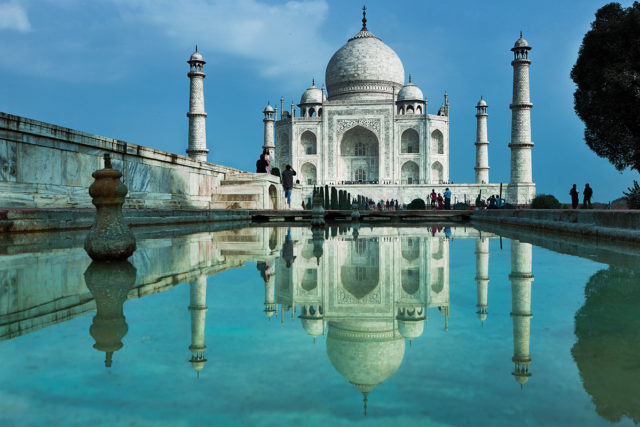Articles and photo series about mystical, mythical and religious places
When travelling the Kingdom of Bhutan, then the country appears everything but being R-rated, as countless penis drawings hail from houses and walls. That phallus cult and its traditional depictions shall scare away the evil and promise fertility. Bhutan’s willy cult originally goes back to Guru Drukpa Kunley, the Divine Madman.…
Read More
The mask culture of Buddhism and Tibet is something absolutely unique. Through masks and dances the most different legends, myths, characters, but also the fight of good against evil are being told. In particular in the Kingdom of Bhutan that culture is pretty much alive and most colourful. Its strongest form of expression is Tshechu, the mask festival.…
Read More
In the East of Kathmandu, where the entry lane of the airport meets the large Boudhe East-West road, one of the largest Buddhist places of worship rises up: the Boudhanath Stupa Jarung Khashor. Its vibe becomes literally tactile in particular in dusk as well as dawn hours, when pilgrims celebrate the Kora, the clockwise circumnavigation…
Read More
The Tiger’s Nest monastery is the Kingdom of Bhutan’s number one cultural icon. It is located remote, among rocks and clouds high in the sky at 3100 metres and can be reached only by foot. The monastery is dedicated to Guru Padmasambhava, who first introduced Buddhism to Bhutan. It is said he was meditating for 3 years, 3 months, 3 weeks, 3 days and 3 hours in a cave underneath today’s Tiger’s Nest monastery…
Read More
Far in the west of old Constantinople and originally being located outside the city walls a jewel and testimony of early Christianity can be seen, that is the Chora Church. Like Hagia Sophia it was once being transformed into a mosque. Today it is called Kariye Museum and holds the worldwide most historically significant as well as elaborated mosaics and frescos of Palaiologan Renaissance…
Read More
For more than 1.000 years Hagia Sophia sits where Europe and Asia shake hands. Even today this last of late antiquity’s main churches can still boast with having the largest dome of the world. It served as main and coronation church of old Byzantium and its capital Constantinople, present Istanbul, as well as Ottoman main mosque.…
Read More
When it comes to remnants of the Eastern bloc, then Berlin and Kiev are pretty much alike as social as well as architectonical traces are still yet omnipresent in both cities of a 3 million. Kiev’s most remarkable eye catcher is one of the tallest of its kind, that is the imposing Mother Motherland Statue.…
Read More
The South Polish town of Wieliczka hosts a very special UNESCO World Heritage: one of the oldest salt mines on our planet hosting the world’s largest underground chapel. Being located approximately 100 metres below the surface, the chamber got carved into the rock salt under the village whose name literally means “Great Salt”.…
Read More
The way to a human’s heart is through its stomach; maybe that is why every second Indian restaurant is named Taj Mahal nowadays. The actual name giver is located in North Indian Agra and was built by Great Mogul Shah Jahan in memory of his beloved wife Mumtaz Mahal. His intensive and eternal love as well as the abilities of Persian architect Abu Fazel left the world a unique gem of Indo-Islamic architecture behind…
Read More
The university town of Amritsar can truly be called to be the heart of Punjab. The city is located not too far from Pakistani border and is an important commercial hub as well as religious centre of the Sikhs, as it is the home of one of their highest sanctuaries, the Golden Temple.…
Read More
